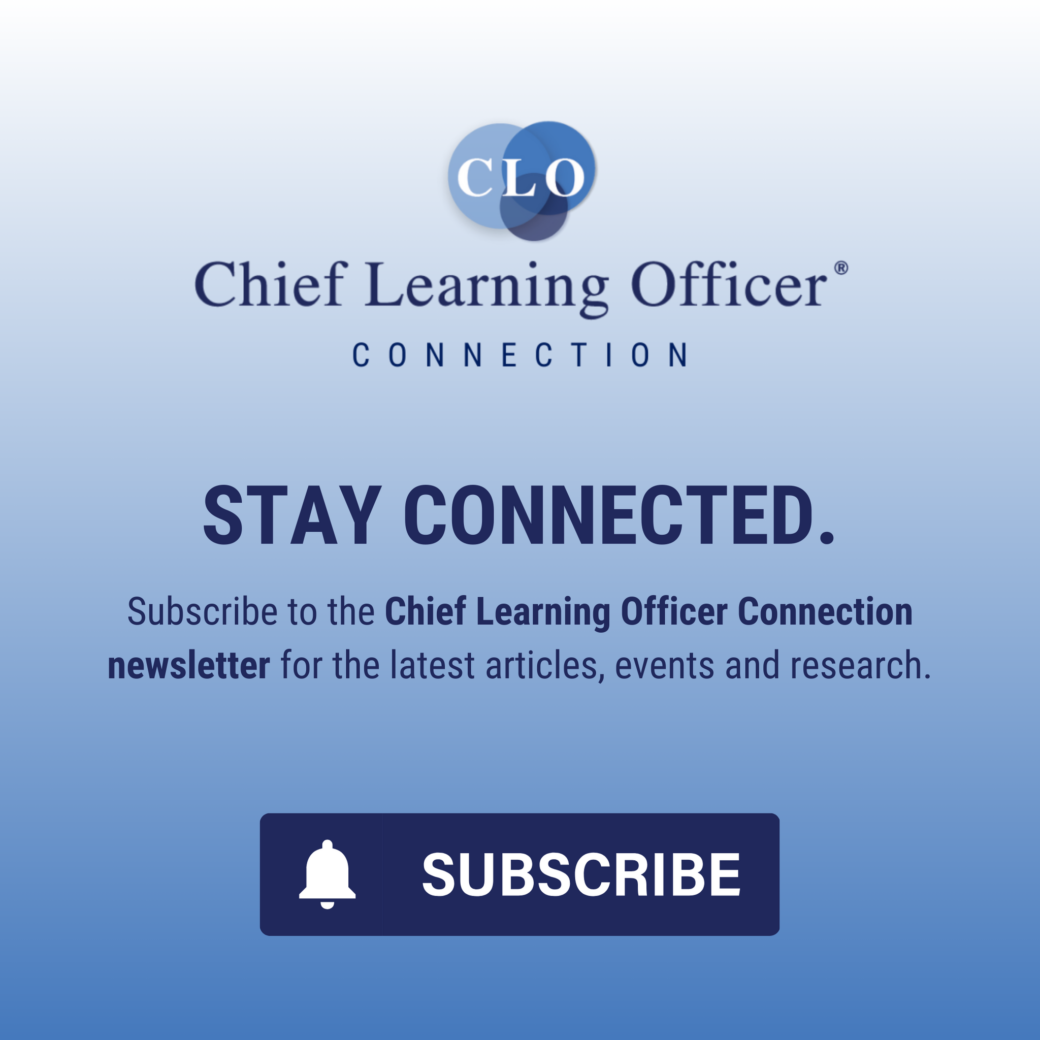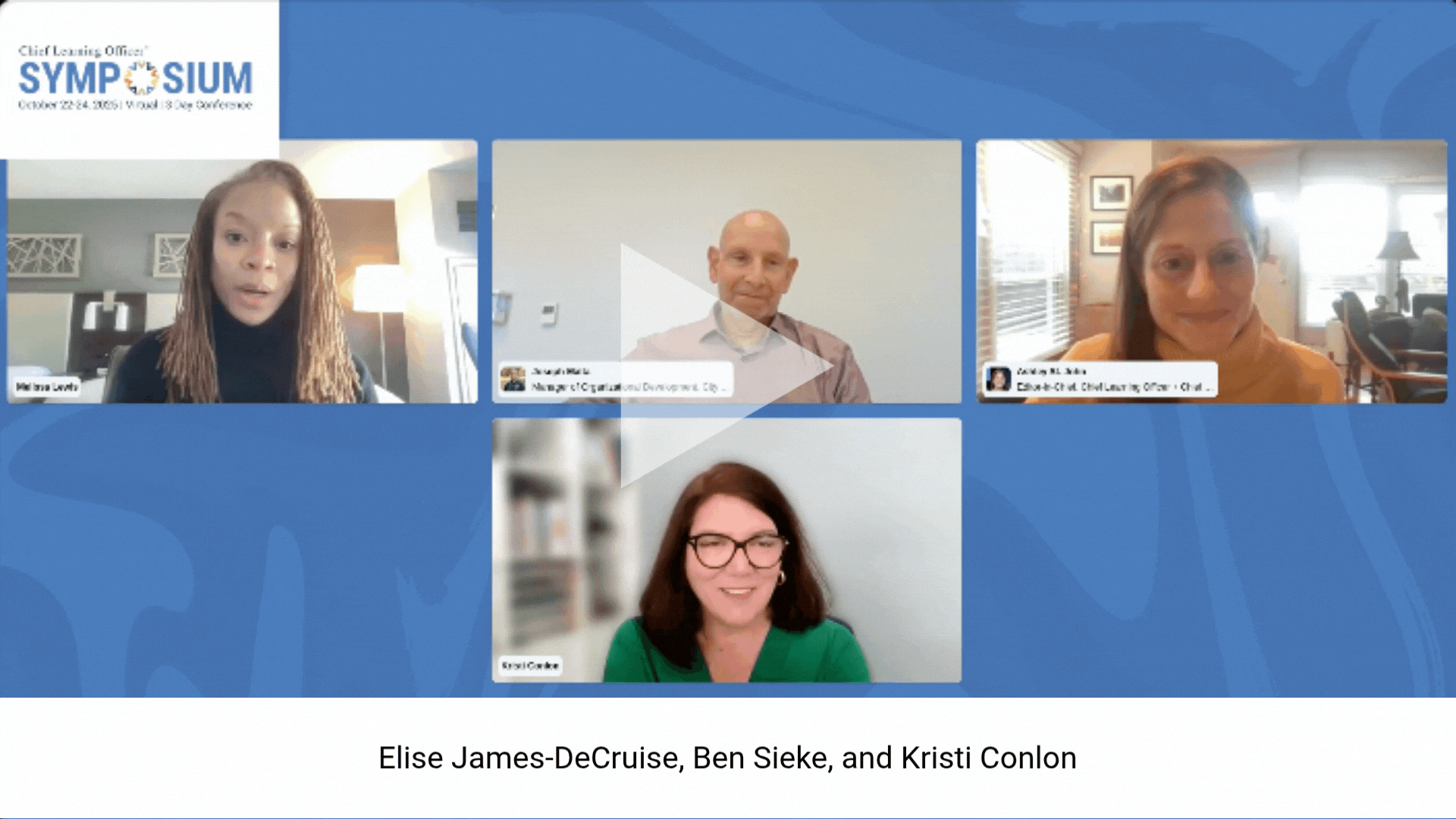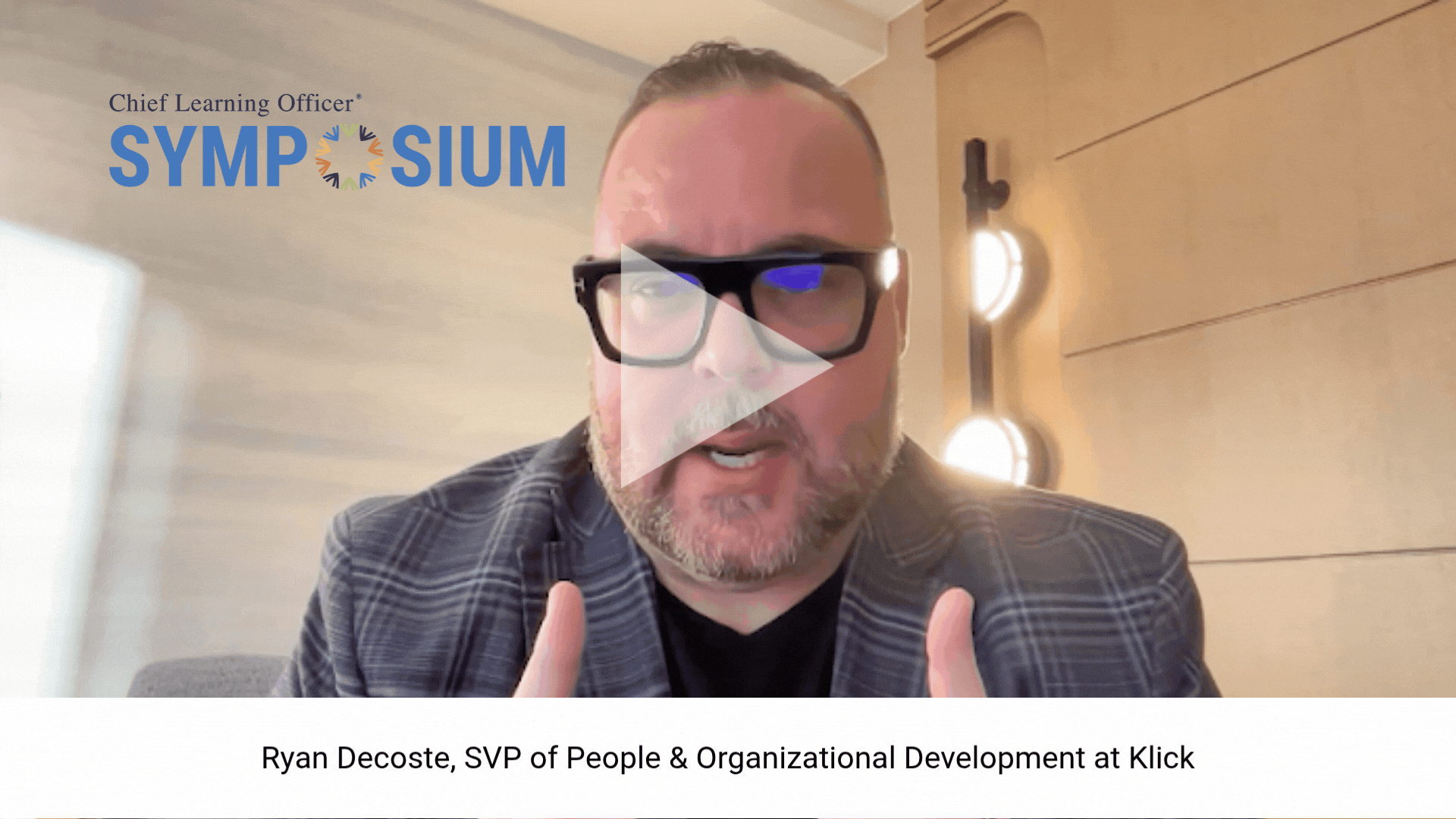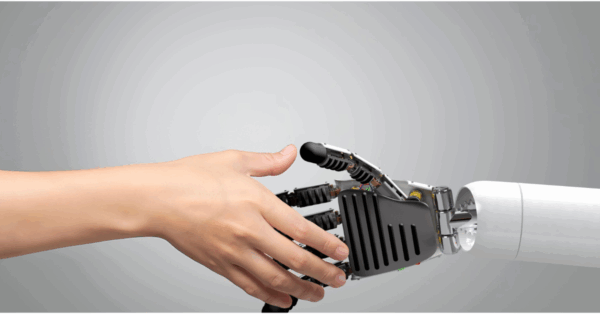As AI reshapes the way we work, learn and lead, learning organizations must evolve from reactive support functions to proactive enablers of growth. The old playbook — compliance-heavy, siloed and slow — is no longer enough. It’s clear that the future of learning belongs to those who adopt AI wisely and pivot faster than the world changes. Yet, despite growing interest, AI adoption in L&D remains uneven.
According to the Brandon Hall Group’s HR Outlook 2025, nearly one-third of organizations are not using AI at all, and 25 percent have yet to see tangible benefits from its integration. Barriers such as data privacy concerns, lack of technical expertise and fragmented systems persist. But AI adoption is no longer optional. It is essential. Organizations that hesitate risk falling behind in a landscape where agility, personalization and continuous learning are the new currency of success.
This article explores how forward-thinking organizations can practically and purposefully craft an AI-enabled connected learning organization — one that aligns learning with business goals, empowers employees, and leverages AI to personalize, scale and accelerate development.
Practical steps to build an AI-enabled learning ecosystem
1. Make the necessary future-focused mindset adjustments.
When considering new ways to orient learning organizations for the future, learning leaders must first embrace new ways of thinking. The shift to an AI-enabled connected learning organization begins not with technology, but with mindsets — the foundational beliefs and perspectives that shape how we approach learning, work and change.
To lead effectively in this new era, we must cultivate four essential ways of thinking that enable transformation:
- The integrated mindset: Learning can no longer be viewed as a standalone function. It is part of a broader talent and performance ecosystem. Leaders must align learning with how organizations attract, onboard, develop and retain talent. This requires breaking down silos and fostering shared ownership across HR, L&D and the business.
- The design mindset: AI adoption will only succeed if it’s paired with human-centered design. Learning leaders must think like designers — crafting experiences that are empathetic, intuitive and personalized. This means designing for human + AI collaboration, not just deploying tools.
- The data mindset: View data as an enabler of conversation. We need to use data dynamically to guide decisions, adapt strategies and personalize learning. This requires fluency in data ecosystems, awareness of bias and a commitment to using data ethically and contextually.
- The work mindset: Rethink not just how people learn, but how work gets done. Our focus must shift from job titles to actual tasks, decision points and outcomes. AI is becoming a collaborator — automating, assisting and even coaching. Learning design must reflect this new reality.
These mindsets are practical enablers of transformation. When learning leaders think in these ways, they lay the foundation for AI and the humans using it to thrive. Tools and strategies will evolve, but mindsets will be what makes change stick.
2. Integrate AI across the tech stack.
AI won’t transform learning by accident. It must be applied with purpose. The difference between tinkering and transformation lies in intentionality. Organizations must move beyond experimenting with isolated tools and begin embedding AI into reimagined workflows that solve real problems and deliver measurable impact.
This means designing learning ecosystems where AI is not an add-on, but a strategic enabler woven into the fabric of design, delivery and measurement. Even if your tech stack isn’t fully orchestrated for AI yet, there are plenty of tools (both standalone and embedded) that can accelerate progress when used deliberately.
The goal is not just to use AI, but to apply it where it matters most — amplifying and accelerating human capability, streamlining operations and unlocking new possibilities for personalized, scalable learning. Examples include:
- AI-powered content generation (e.g., Learning Content AIQ) for rapid development and iteration.
- Adaptive learning platforms that adjust complexity and sequencing based on learner behavior.
- Analytics engines that tie learning outcomes to business KPIs.
3. Empower learners as contributors.
In a truly connected learning organization, expertise isn’t locked away in silos or reserved for a select few; it is amplified across every level. The future of learning involves active contribution. When we invite employees to become learning connectors and “bridgers,” we tap into the collective intelligence that drives innovation and resilience.
Learning is a social act. When learners step up to moderate, curate and share knowledge, they move from recipients to architects of the learning experience. As learning leaders, it is our job to build spaces where learner insights flow freely and new ideas can emerge from unexpected places.
This shift doesn’t happen by accident. It requires intentional culture-building, where leaders model curiosity and openness and where every employee feels empowered to share what they know. AI tools can help by surfacing relevant content, connecting peers and making collaboration seamless, but the real magic happens when people see themselves as co-creators in the learning journey.
4. Move beyond completions and actually measure impact.
To truly transform learning operations, organizations must rethink how they measure success. Completions don’t tell the whole story. What matters is whether learning drives performance, unlocks capability and fuels innovation. AI gives us the tools to measure what truly matters — impact, not just activity. Focus on:
- Time to competence.
- Skill acquisition and application.
- Business performance impact.
- Learner engagement and contribution.
AI-powered analytics can provide real-time insights into these metrics, enabling continuous improvement and strategic decision-making.
5. Build AI fluency and governance.
AI adoption requires more than just new tools. It demands trust, fluency and responsible leadership. To ensure your organization is ready for the future, follow these essential steps:
- Embrace intentional and organic AI learning initiatives: Build confidence and curiosity by helping employees understand what AI is, how it works and where its limitations lie so people feel empowered to engage with new technologies. Specialized learning paths for frontline workers, managers, decision-makers and those working closely with technology can also amplify adoption.
- Foster trust through transparency and collaboration: Communicate openly about how AI is being used, what data is collected and how decisions are made. The organization should encourage questions, experimentation and honest conversations about the risks and opportunities associated with AI in order to build a culture where innovation is balanced by responsibility.
- Establish robust governance frameworks: Define clear policies for ethical, secure and compliant use of AI — address data privacy, fairness and accountability from the start. This means ensuring governance is not just a checkbox but a strategic imperative.
- Form a core working group aligned with an AI Governance Council: Lead with purpose, ensuring AI is used wisely by bringing together stakeholders from across the organization to oversee curriculum, delivery and engagement. This helps ensure that learning initiatives remain aligned with both business goals and ethical standards.
6. Shift to atomic design.
To prepare for the future of learning, we also need to rethink how we design and deliver development opportunities. Traditional programs — static, episodic and slow to adapt — won’t keep pace with the demands for agility and personalization. Instead, we must begin creating atoms of learning: modular, meaningful components that can be mixed, matched, reused across contexts and paired with human expertise to create robust learning experiences.
Atomic design is about breaking learning into small, purposeful units. These “atoms of learning” are not just bite-sized pieces of content. They’re reusable and ready to be assembled into personalized experiences. By building learning through this lens, organizations lay the groundwork for a future where learning is truly adaptive and driven through agentic AI.
While the promise of AI-driven orchestration — where technology dynamically assembles learning journeys for each individual — is on the horizon, most organizations don’t have the tech stack or data maturity to realize this vision today. But that shouldn’t stop us. The work we do now to create modular, well-tagged and interoperable learning content is what will enable AI to deliver on its potential when the time comes.
So what can we do now?
- Design for flexibility: Build learning content as modular atoms that can be reused, updated and recombined.
- Tag and organize: Ensure each atom is tagged with metadata — skills, roles, context — so it’s ready for future AI-powered assembly.
- Empower learners: Modular content lets employees choose learning paths that fit their needs and aspirations right now. This doesn’t need to wait for AI orchestration.
The organizations that start building their atomic learning asset libraries now will be ready to harness the full power of AI when it arrives.
Overcoming barriers: From caution to confidence
While caution around AI is understandable, indecision can be costly. Leaders must shift their mindsets and move from curiosity to confident experimentation, and organizations must demystify AI through education and transparent communication. Start small with pilot programs, partner wisely with vendors and internal experts, and embed AI into culture — not just technology. This also involves a clear commitment to ongoing change management and communication to gain buy-in and produce real culture change.
The goal is not to replace human expertise but to augment it, creating a human + AI partnership that drives innovation and impact.

















